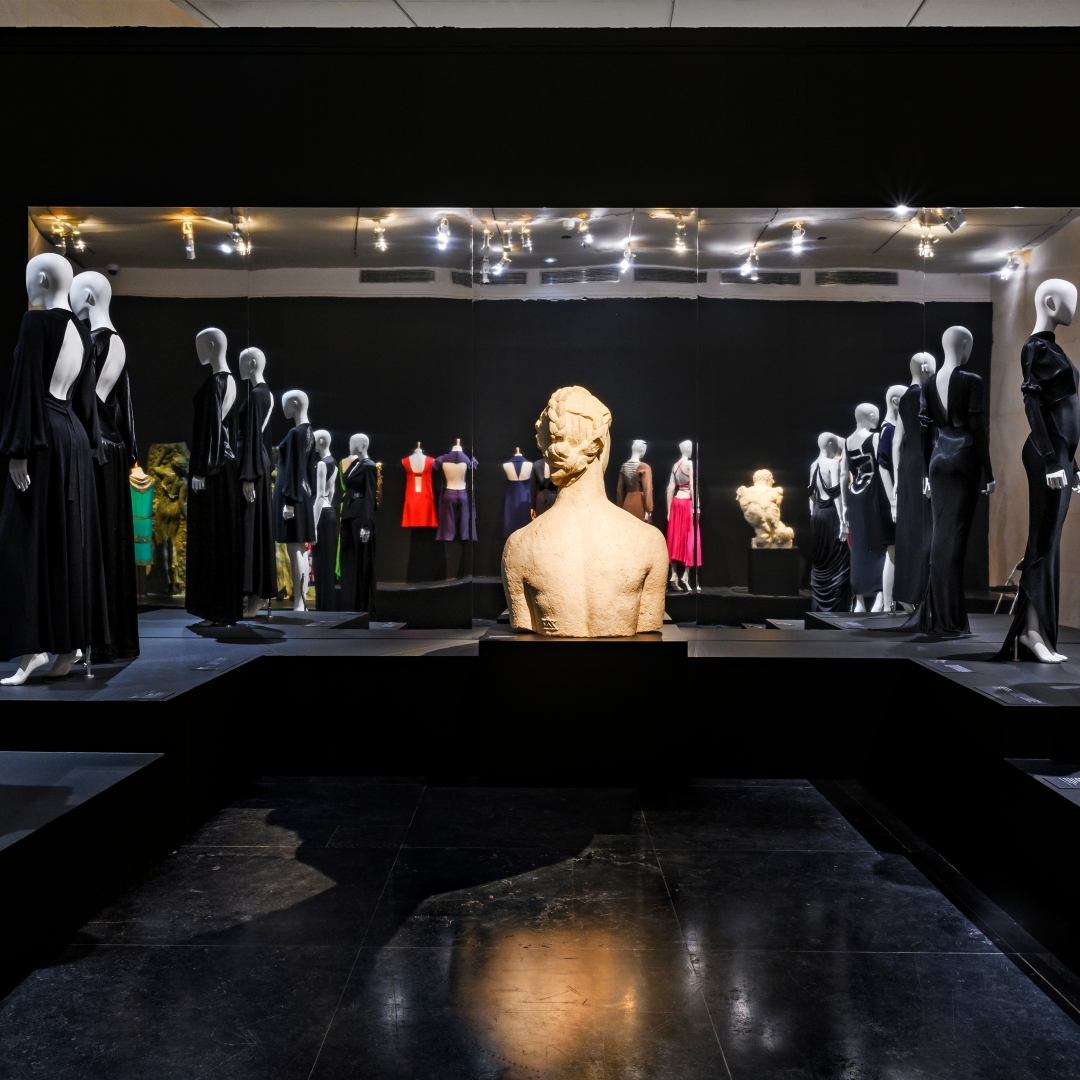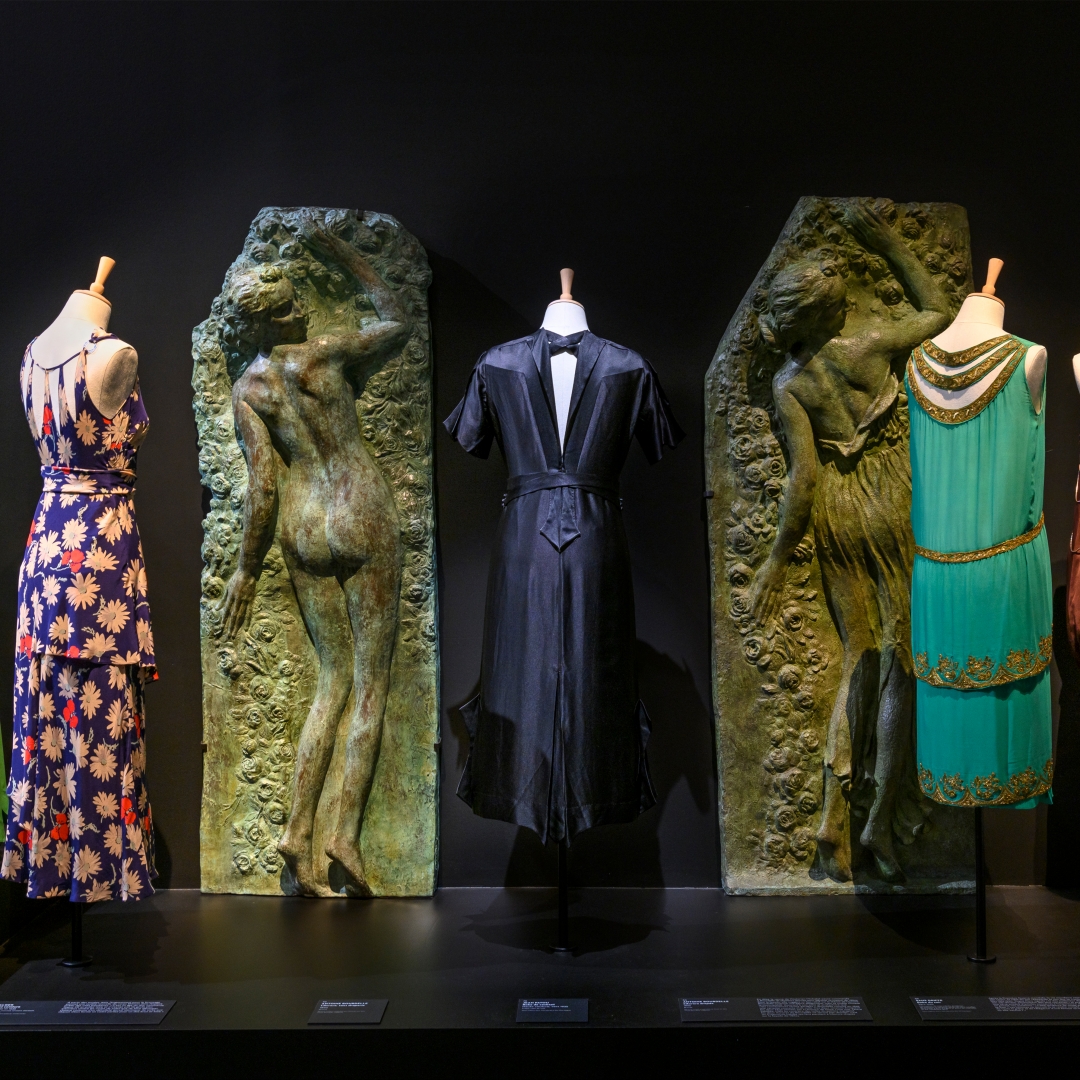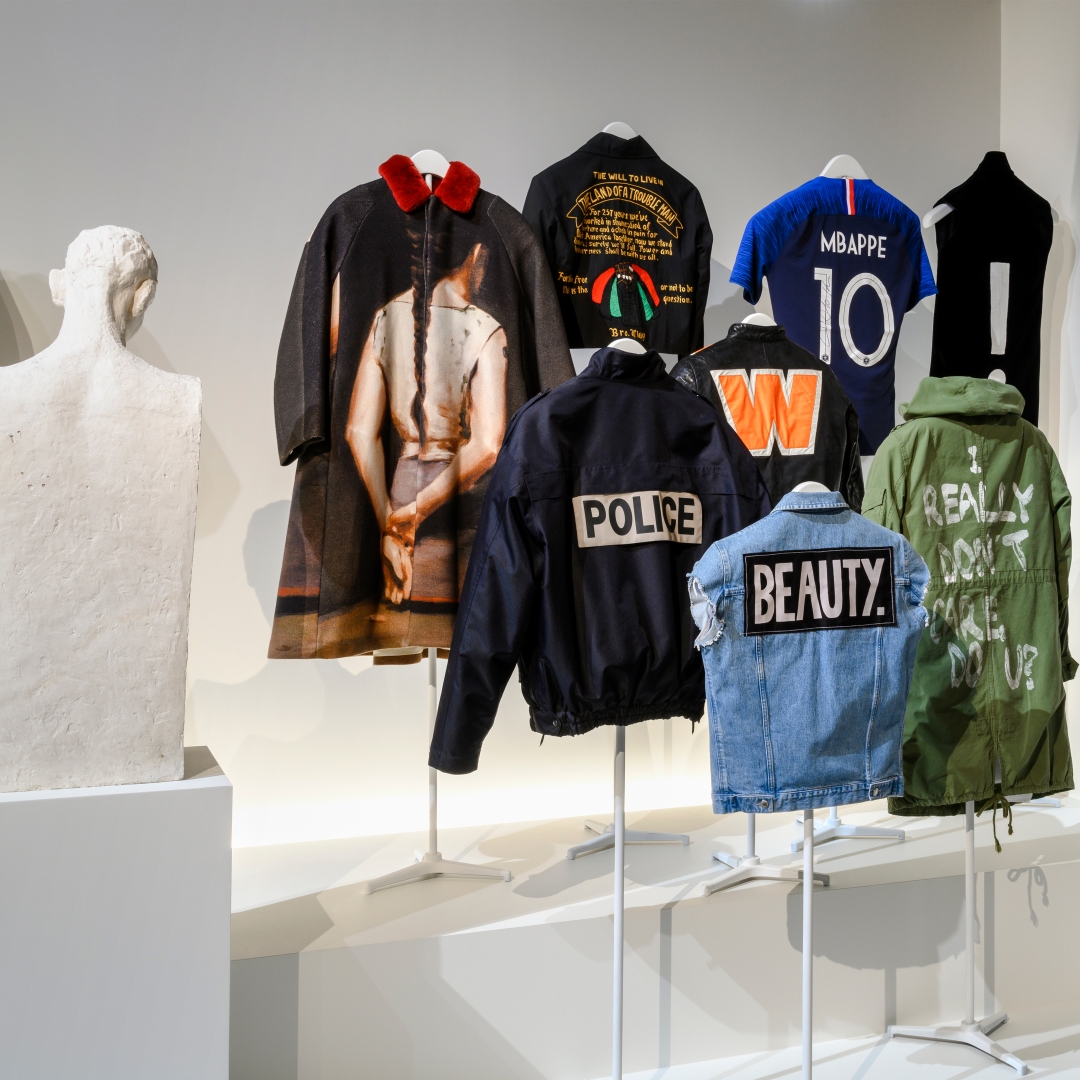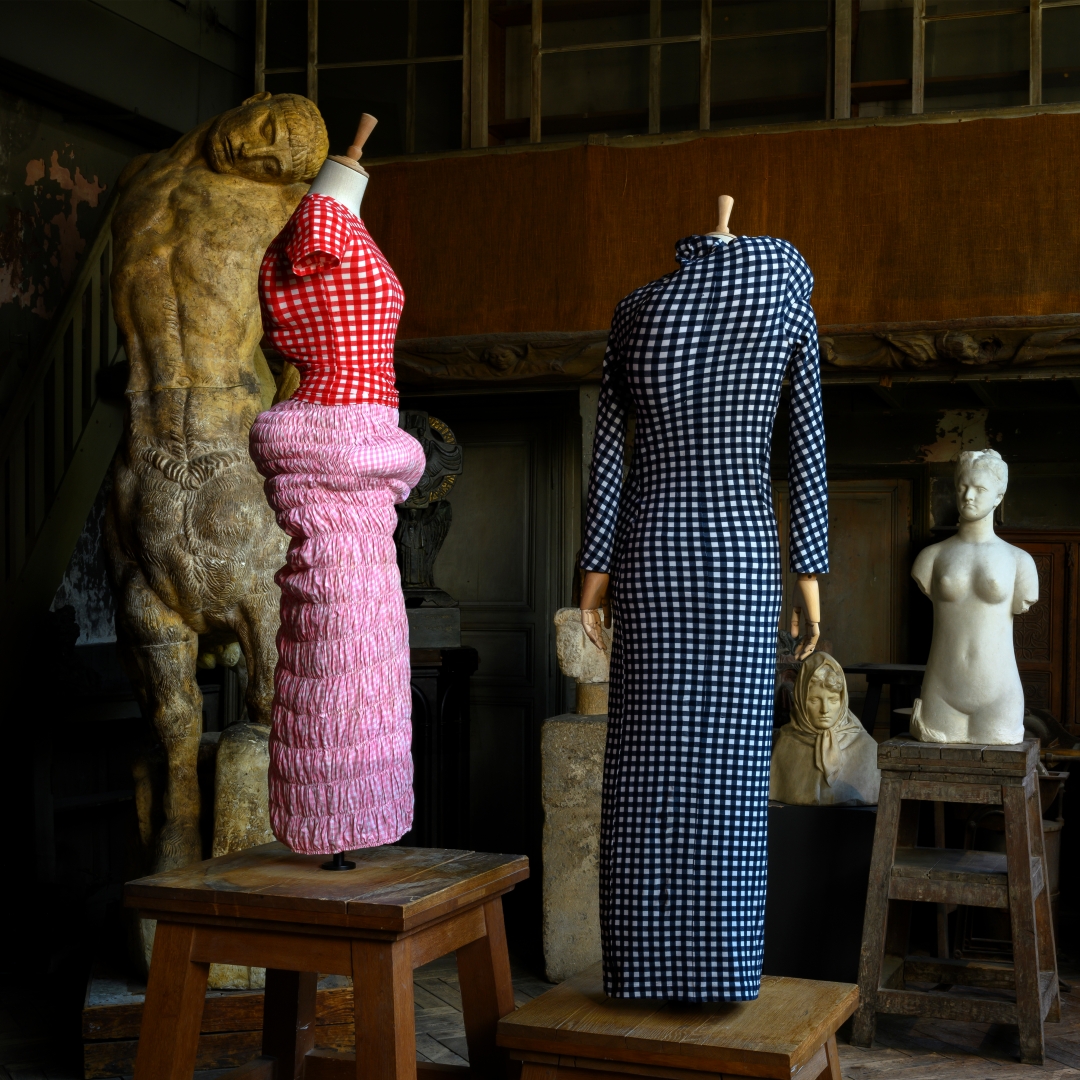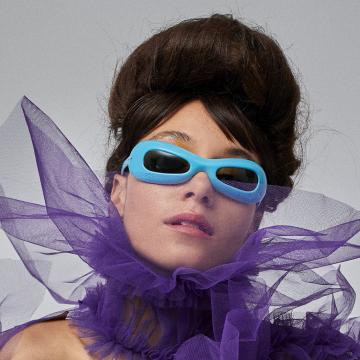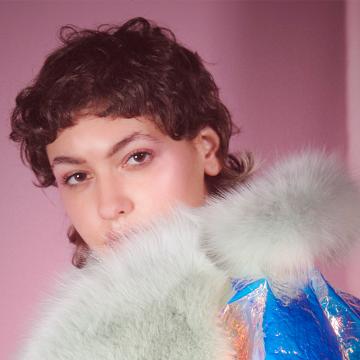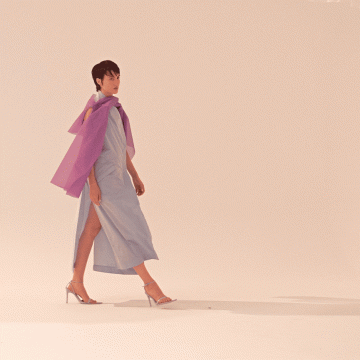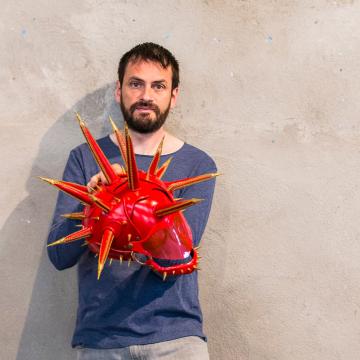Since opening on the 17th of April, Espacio Iberia has welcomed dozens of guests with one thing in common: their infinite talent. Talent that has inspired all the people who have sat there to listen to them.
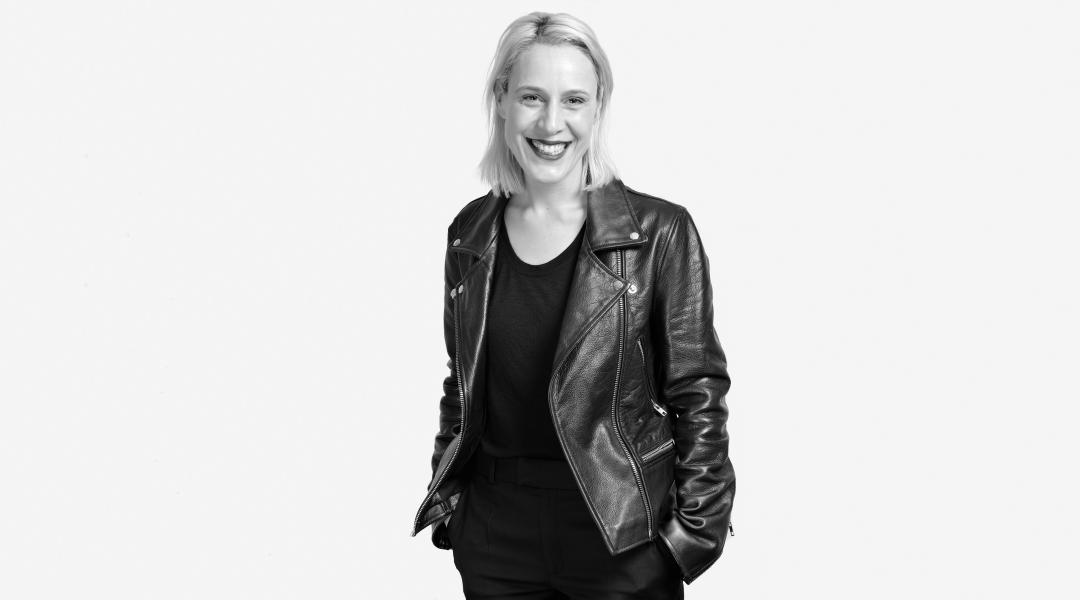
In a few months, Miren Arzalluz, the Spaniard at the helm of Paris’s fashion museum, will live a most decisive moment. The museum, currently undergoing renovation, will reopen its doors with new exhibition halls, a retrospective on Coco Chanel, and the presentation of the new permanent collection.
Miren Arzalluz (Bilbao, 1978) took up the position of director of the Paris fashion museum two years ago. However, she is about to make her public debut as such. The Palais Galliera (the building housing the museum) closed last summer due to renovation works and it’s getting ready to reopen next spring. This Basque historian and expert in comparative politics is facing a great challenge: “reopening the museum with twice as much exhibition space as before and a new permanent collection everybody is going to comment on.”
Almost seven years ago, she left her position as the head of the collection and the exhibitions of the Cristóbal Balenciaga Museum in Getaria. “There I worked on the conceptualization and development of a new space dedicated to a single creator and located in a place that wasn’t a large city, with all the challenges that involved. Now I’m directing a museum with a century-old collection located in Paris, the fashion capital par excellence,” she explains to Talento a Bordo.
Your debut as the head of the Galliera is approaching after a long renovation. What will the first exhibitions be?
We will open in the spring of 2020 with a retrospective on Gabrielle Chanel and, in the autumn, we’ll be celebrating the centenary of Vogue Paris magazine. Finally, towards the end of the year, we will present the permanent collection, which is the great novelty. There was no permanent collection before, so we have built new exhibition halls for it.
The most important comes last?
This is because we made it coincide with the centenary of the donation of the Galliera collection to the City of Paris by the Société d'Art du Costume. This society was formed by historicist painters who had their own collections of historical fashion, which they used to recreate scenes. They later unified those collections to disseminate knowledge, which was their main goal. They donated it all to Paris on that condition. It will be a historical presentation of fashion and the presentation of the museum at the same time. It’s an exercise in memory.
Have you found many gems in the process of selecting works for the permanent collection?
We’re still working on the items list. We’re rediscovering our own collection. We have 200,000 pieces, so it’s very difficult to show them all, even to see them all. There are real gems. Some are spectacular because of the technique, the fabric or the embroidery. There’re others pieces that are very important because they belonged to historical figures or because they reflect a popular fashion. There’re also incredible accessories that, even though they tend to stay in the background, they’re essential to understand the history of fashion. Beyond clothes, there’s also an impressive collection of illustrations and prints, as well as a fashion photography department. There are real gems in all the areas.
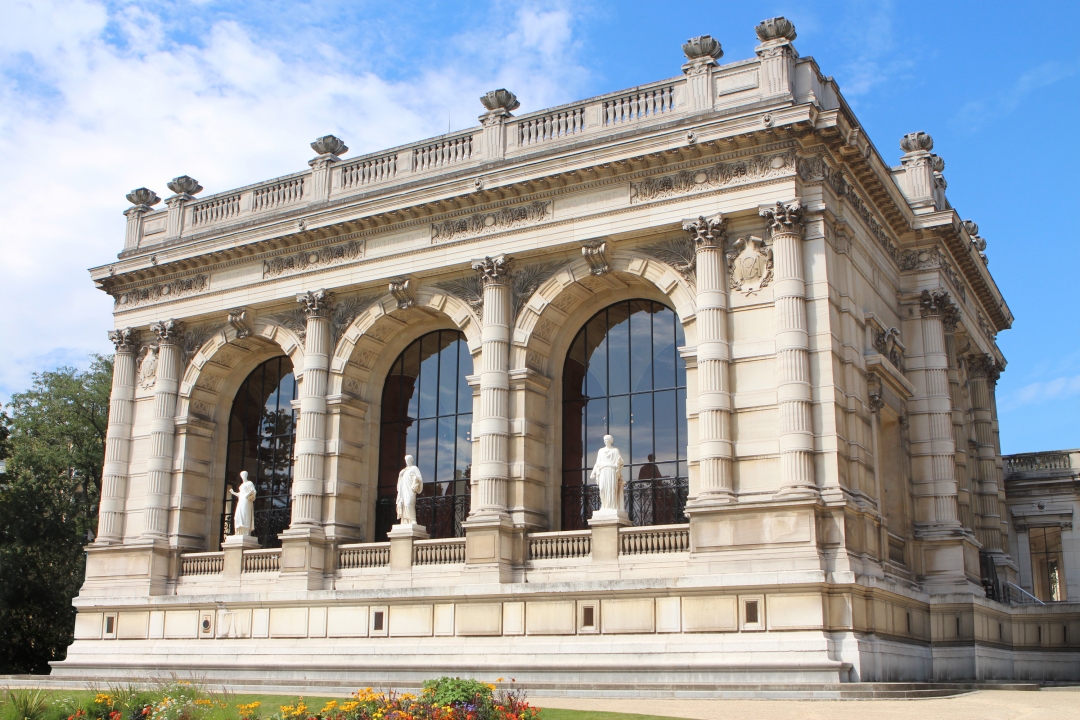
The façade of Palais Galliera. © Di Messina
You start off with a retrospective on Coco Chanel, why her?
It’s the first retrospective on Gabrielle [Coco Chanel] to be held in Paris, which is rather striking. People know a lot about her private life because they’ve read biographies and watched films and documentaries, but very little is known about her creations, despite being one of the most influential fashion designers of the 20th century. Only clichés such as the little black dress and the two-piece are usually remembered. That’s why the exhibition will highlight the Chanel style, as well as the codes, so recognizable today, that she established from 1950s on through the two-piece and the accessories. The design of the exhibition will also be inspired by her aesthetic universe: the Rue Cambon, the faceted mirror, the screens, her apartment...
Chanel and Vogue are very two very well-known brands. Are you joining the trend, along with many other museums, of using big names to attract a larger audience?
It’s obviously a trend, but we don't want it to be the norm at the Galliera. This will be a particular year: we’re opening a great retrospective, which, as I said before, has never been done before in Paris. And big openings call for big names. In the future, we’ll try to address the work of lesser-known creators and specific topics to approach fashion from different angles, aesthetically and artistically, but also sociologically and even politically. Our goal is to highlight all its wealth.
You succeeded Olivier Saillard, a fashion agitator who proposed new formulas for dialogue in the exhibition space. Do you intend to pick up from where he left off?
He’s a great predecessor, but also a colleague and a friend. Olivier explored different ways to show fashion beyond the traditional exhibition. The project who had the greatest impact were a series of performances, the best known of which is Tilda Swinton’s Cloakroom. We hope to follow that path of innovation, not only when choosing relevant topics for our exhibitions, but also in the way we showcase fashion in the museum.
“Our goal is to approach fashion from different angles, aesthetically and artistically, but also sociologically and even politically”
How can a museum help create a shift in fashion consumption today, especially when it comes to fast fashion?
We can generate reflection on the evolution of fashion itself. The history of the system, of manufacturing and sustainability, and on how these have been managed in the production and the creation of fashion. Sustainability is a big issue in the industry today, and it seems that everyone is becoming aware, whether by conviction or aesthetics or marketing. Either way, whatever the calculation may be, the fact that the industry has to take a position on this issue is positive. Proposing changes, adapting and addressing the concerns of the present moment is essential.
Will we see Spanish fashion in the permanent collection or is it limited to French fashion?
To the extent that there have been great creators like Balenciaga, there will be Spanish fashion. We also have a very important collection by Sybilla that will be part of the permanent collection. Right now, both creators are featured in our exhibition outside the museum: Dos à la Mode, about the back in fashion. The collection also features Antonio Castillo, who was a designer for Lanvin and later founded his own Maison. When I came to the job, everyone would asked me: “Are you going to do something about Balenciaga?” Not yet. He’s already been paid many tributes, so we’ll have to wait for that.
